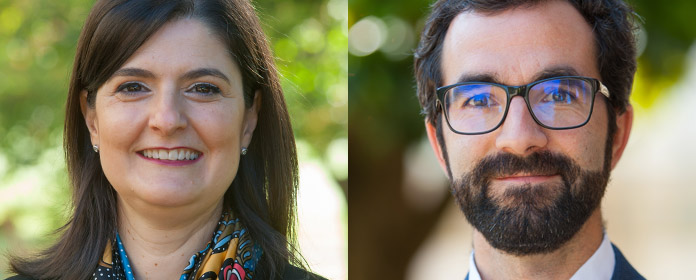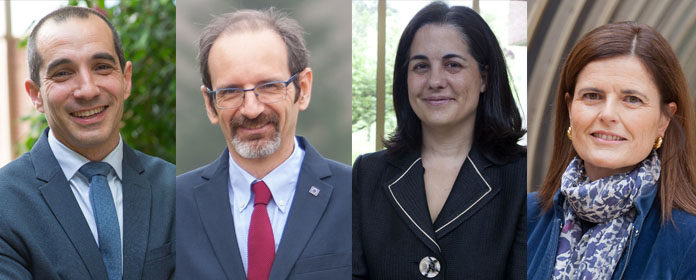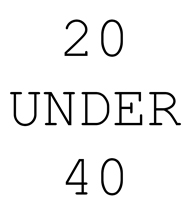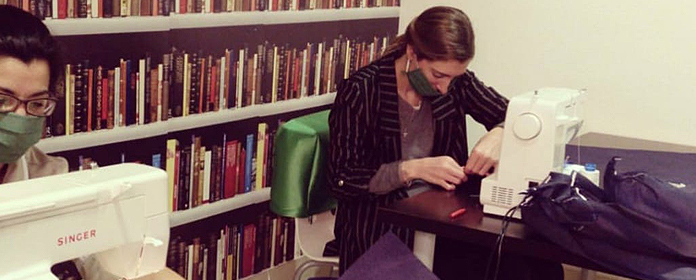Miguel Esteban, architect by the University, exhibits his project end of Degree at the Beijing Design Week
The work studies the possibility of a change in the urban regeneration system in China.
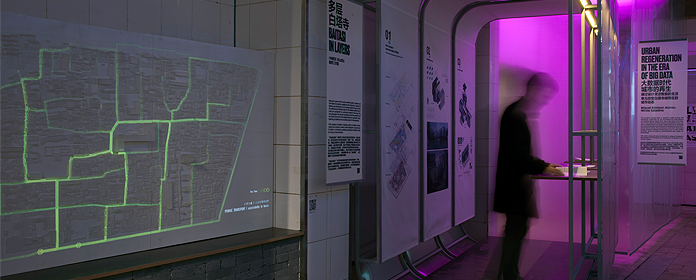
Miguel Esteban (1992) from Logroño, graduated in Architecture from the University of Navarra in June 2016. Shortly after defending his project Fin de Degree (PFG), which studies the possibility of a change in the urban regeneration system in China, and after several stays in this country during the process, he was asked to have his PFG exhibited in the main pavilion of the Beijin Design Week. Winner of several photography awards, this Riojan with a passion for urban planning tells how the opportunity arose for this project and his development.
"From Beijing, they asked me to make the final project of degree program part of the Beijing Design Week, one of the most important fairs of design in China, which is held every year in October and is used as tool for urban regeneration of different areas in the city. For this, we built a small prototype of the project that was exhibited with the rest of the work in the main pavilion (being the only Spanish architect invited to participate in that pavilion)," explains Miguel.
"My interest in the urban design started in the summer of 2012, when together with two colleagues we set up a project of Education for health that we sent to the National University of Piura in Peru, which decided to subsidize us. We also received financial aid from the scholarship Global Internship Program of Caja Rural. The interesting thing about this project was the understanding of architecture and urban planning as an element core topic for development and its impact on other disciplines," he stresses.
According to Miguel, from this experience, they presented a series of photographs that received several awards and was exhibited in several galleries and art fairs, such as Artefacto Logroño, where they were invited to give a discussion paper about the work made, and from which the director of Arteaga residency program International Artists contact was contacted by them.
"From there, in 2013, the first experience in China began, granted by the gallery to develop a project of research on urban density in China that we would complete during the following two years traveling through Asia. From the border of Pakistan, through India, Nepal and Tibet to China, and the following year through Russia, Siberia and Mongolia, with a more complex project of photography that worked the relationships between different social schemes and their consequent architectural and urban form.
During this time, the interest in studying the city was growing, as well as the fascination for the possibilities that new technologies are bringing to the profession. That is why, in 2015, and during the first semester of the final project of degree program, I decided to spend half a year in Beijing, participating in a program of research at Tsinghua University (one of the most important in the world in this field) and the AA Architectural Association, on the importance of applying new digital technologies to the study of the city", explains the former student of the School.
"To capture in the project end of Degree my concerns of research, supported with the scholarship of initiation to the research that gave me the School of Architecture of the University of Navarra, has helped me a lot in what I have continued to do and allowed me to access this year to one of the postgraduate programs with more international relevance in this topic in The Bartlett, UCL in London, where I am now studying the importance of the introduction of digital technologies in architecture and its effect on the city, in a program that brings together students from around the world to think and discuss the future of urban design and its impact on society, "concludes the architect.

